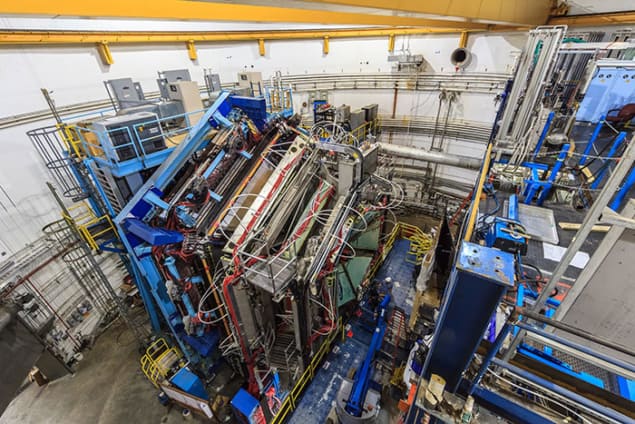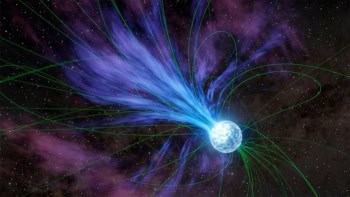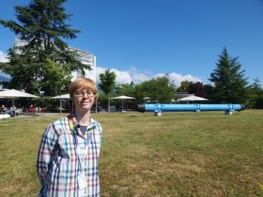
The Jefferson National Accelerator Facility has completed a $338m upgrade to the lab’s Continuous Electron Beam Accelerator Facility (CEBAF), making it the world’s most powerful microscope for studying the nucleus of the atom. CEBAF will now be able to produce a continuous beam of elections with an energy of 12 GeV – more than double its previous incarnation – and with a much greater intensity. The Department of Energy, which operates the lab, approved the completion of the upgrade late last month.
CEBAF is a 1500 m-long oval-shaped track built 7.5 m underground. It accelerates electrons using superconducting radio-frequency modules and then smashes the beam into experimental targets. Huge detectors then collect the fragments. By then studying the momentum and direction of the scattered fragments, physicists can probe the inner structure of protons and neutrons to test the theory of quantum chromodynamics and the Standard Model of particle physics.
Exotic meson spectroscopy
As well as improvements to the accelerator, the upgrade also involves the construction of a new experimental hall, taking the number to four. Known as “Hall D”, it will use the full 12 GeV to perform exotic meson spectroscopy enabling researchers to map the spectrum of exotic mesons that could provide clues about why quarks – the fundamental building blocks of matter – do not exist on their own. The three remaining halls, which will use 11 GeV beams, have also been upgraded and will let researchers explore the quark–gluon structure of hadrons.
“The team is thrilled to reach the successful conclusion of this complex project,” says Allison Lung at the Jefferson Lab, who is chief planning officer and director of the upgrade project. “This moment is a culmination of the dedication and the hard work of hundreds of Jefferson lab staff members, users and subcontractors.”
David Ireland, head of nuclear physics at the University of Glasgow in the UK, who regularly uses the facility, says that CEBAF will be integral to determining where the proton gets its mass and spin from. “Previously we have only been able to touch on the properties of the proton and neutron,” Ireland told Physics World. “The upgrade to 12 GeV will now allow us to look at scales smaller than the proton and in a lot further detail.”
Important milestone
That view is backed up by nuclear physicist Daniel Watts from Edinburgh University in the UK, who is also a regular user of the facility. “The completion of the upgrade is a big milestone for the international nuclear-physics community,” he says.
Planning for CEBAF’s upgrade began in 2004 with a design completed in 2007. Construction started in 2008 with initial operations beginning in 2014.



